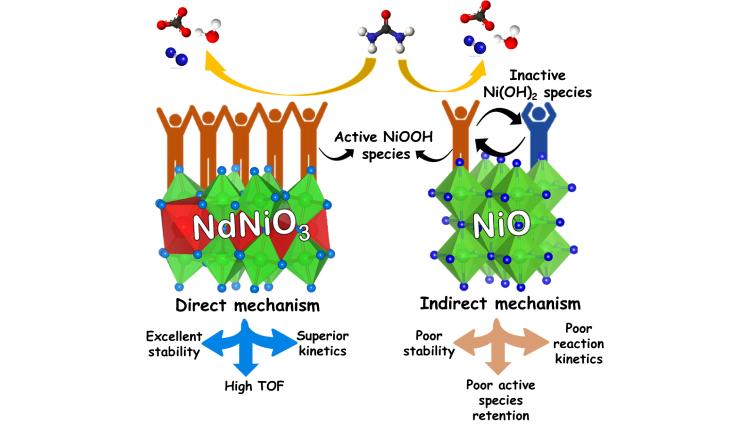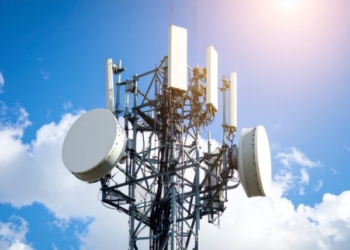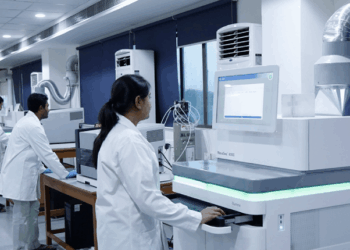New Delhi: Indian scientists have identified a new catalyst that can efficiently oxidise urea and lower the energy demand for hydrogen generation by urea-assisted water splitting, thereby making way for improved production of the green fuel, the Department of Science and Technology (DST) said on Tuesday.
DST, which comes within the Ministry of Science and Technology, said that the investigation was taken up as part of an ongoing project to develop high-active and tolerant catalysts based on high-valent Ni-oxides for urea electrolysis, which is supported by the erstwhile Science and Engineering Research Board (SERB), now ANRF.
The team of scientists used neodymium nickelate (NdNiO3) as an electrocatalyst for urea electro-oxidation reaction (UOR), and using techniques such as X-ray absorption spectroscopy, electrochemical impedance spectroscopy, and Raman spectroscopy performed under operating conditions, substantiated that the catalyst drives the reaction specifically through a ‘direct mechanism’.
A team of scientists from the Centre for Nano and Soft Matter Sciences (CeNS), Bengaluru — Nikhil N. Rao, Dr Alex Chandraraj and Dr Neena S. John, have identified a new catalyst.
Towards addressing the challenge posed by COx poisons, which are known for deactivating UOR catalysts and compromising their long-term electrolysis durability, neodymium nickelate emerges as a promising solution, the scientists said.
Its exceptional tolerance to COx poisons endows it with notable electrocatalytic stability, they added.
Computational calculations in collaboration with Dr Moumita Mukherjee and Prof. Ayan Datta from the Indian Association for the Cultivation of Science (IACS), Kolkata, validated the experimental findings.
(IANS)















